Introduction
Crape Myrtle, also known as Lagerstroemia, is a popular ornamental tree that is widely cultivated for its stunning flowers and attractive bark. This small to medium-sized tree is native to Asia and is a popular choice for landscaping due to its hardiness, versatility, and aesthetic appeal.
In this article, we will explore the history and origin of Crape Myrtle, its physical characteristics, cultivation and care requirements, as well as the benefits it offers. We will also discuss common problems that may affect the tree and provide solutions to these issues.
By the end of this article, you will have a better understanding of the beauty and benefits of Crape Myrtle, and how to properly care for this stunning tree in your own garden or landscape. So, let’s dive in and discover the world of Crape Myrtle!
The History and Origin of Crape Myrtle
Origin of Crape Myrtle
Crape Myrtle, also known as Lagerstroemia, is native to Asia and was first introduced to Europe in the 18th century. The tree was named after Magnus von Lagerström, a Swedish botanist who discovered the plant in China.
Historical Significance of Crape Myrtle
Crape Myrtle has a rich historical significance in various cultures. In China, the tree was considered a symbol of love and was often planted in gardens and courtyards. The Chinese also used the bark of the tree to make paper and the flowers for medicinal purposes.
In Japan, the tree was also highly valued and was often used in traditional gardens and for bonsai. The Japanese also used the bark and leaves of the tree to make a natural dye.
In the United States, Crape Myrtle was introduced in the late 1700s and quickly became popular due to its adaptability to various climates and soil types. The tree was widely planted in the southern states and became a symbol of the region’s beauty and charm.
This plant is now a well-liked tree that is grown extensively for its exquisite flowers and attractive bark. It is still a well-liked option for landscaping and gardening due to its historical and cultural significance.
The Physical Description of Crape Myrtle
Size and Shape of Crape Myrtle
Crape Myrtle is a small to medium-sized deciduous tree that can grow up to 30 feet tall and 25 feet wide. The tree has a rounded to vase-shaped crown with a single or multiple trunks.
Leaf and Flower Characteristics
Crape Myrtle has simple, alternate leaves that are oval to lance-shaped and range from 1 to 4 inches in length. The leaves are dark green in color and turn orange to red in the fall.
The tree produces stunning flowers in the summer that range in color from white to pink, red, and purple. The flowers are arranged in large panicles and can be up to 12 inches long. The flowers are followed by small, round fruit capsules that persist into the winter.
Varieties of Crape Myrtle
There are over 50 varieties of Crape Myrtle, each with its unique characteristics. Some of the most popular varieties include the Natchez, Muskogee, Tuscarora, and Dynamite. These varieties vary in size, flower color, and growth habit, making it easy to find the perfect tree for your landscape.
Overall, the physical characteristics of Crape Myrtle make it a stunning and versatile tree that can add beauty and interest to any garden or landscape.
Types of Crape Myrtle
There are many different types of Crape Myrtle plants, ranging in size from dwarf selections that grow less than 3 feet tall to several large varieties that reach upwards of 30 feet. Some popular types of Crape Myrtle include:

Natchez: a large tree with white flowers and attractive bark that peels to reveal a smooth, cinnamon-colored trunk.

Muskogee: a tall tree with lavender-pink flowers and attractive exfoliating bark.

Tonto: a medium-sized tree with bright red flowers and attractive bark that peels to reveal a smooth, gray trunk.
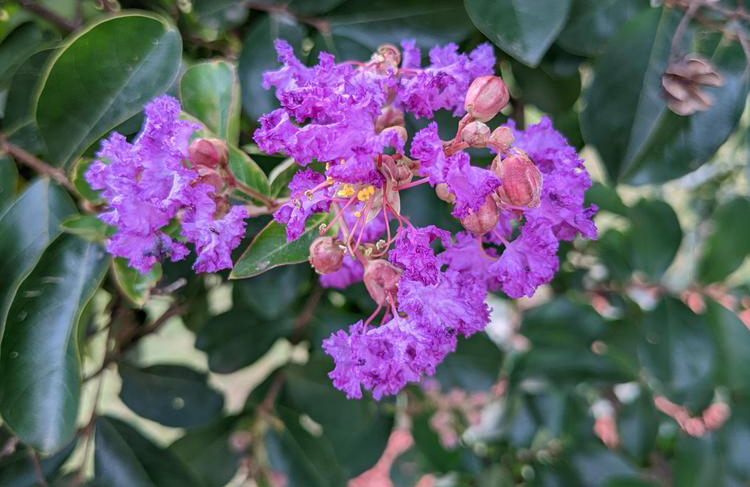
Catawba: a medium-sized tree with purple flowers.

Sioux: a medium-sized tree with pink flowers.
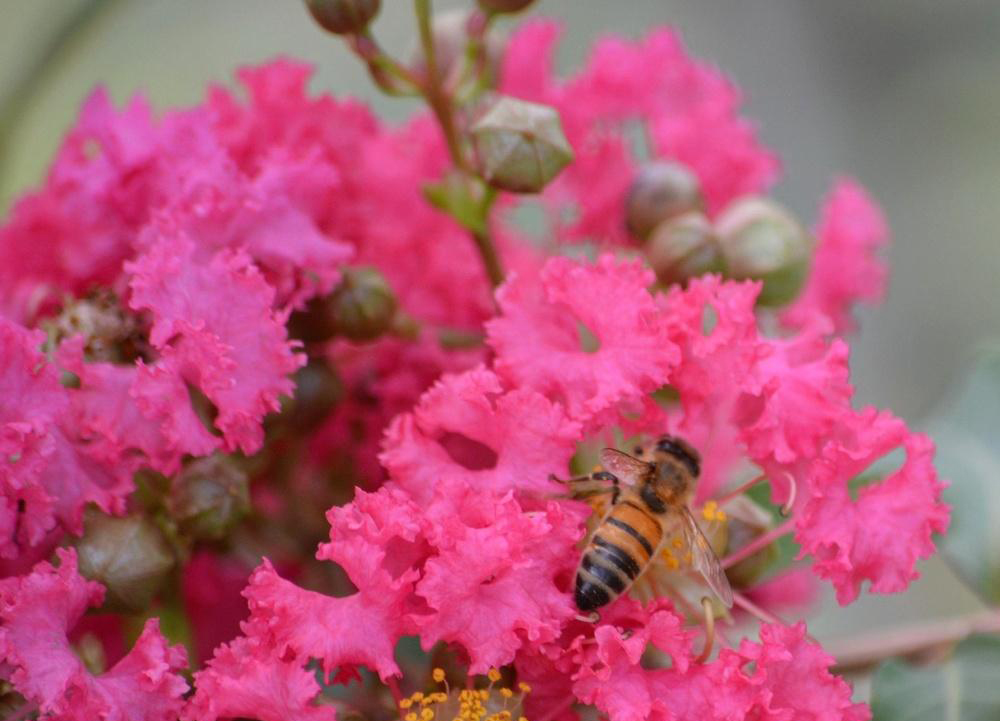
Tuscarora: a medium-sized tree with coral-pink flowers.

Dynamite: a medium-sized tree with red flowers.

Zuni: a dwarf variety with lavender flowers.

Pocomoke: a dwarf variety with pink flowers.
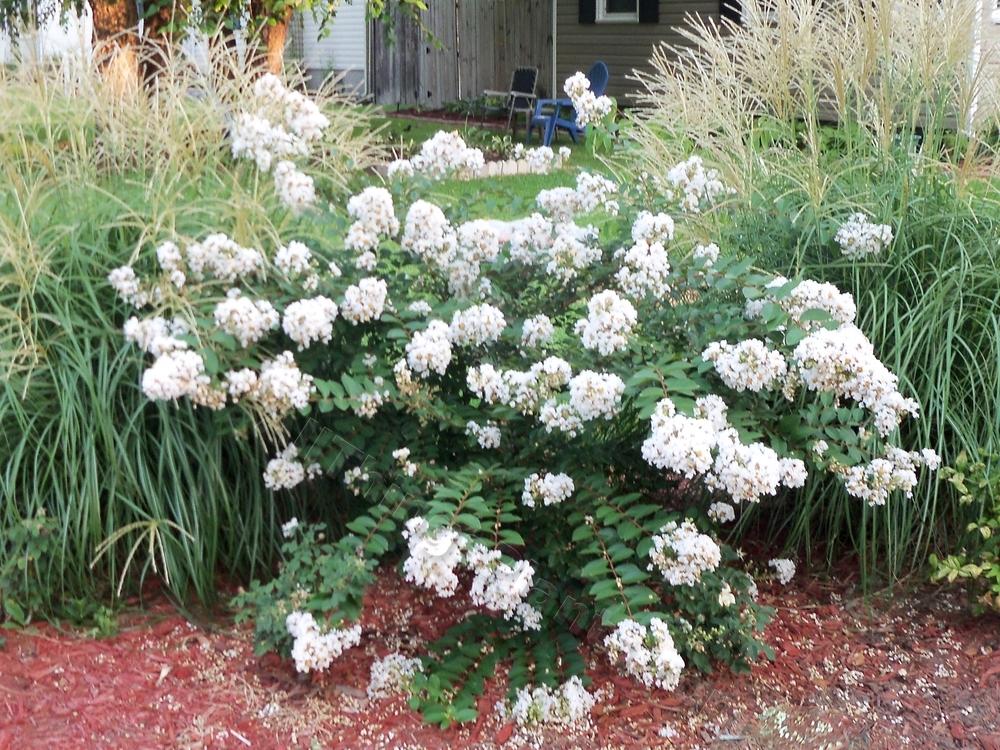
Acoma: a dwarf variety with white flowers.
Cultivation and Care of Crape Myrtle
Ideal Growing Conditions for Crape Myrtle
This plant is a hardy tree that can grow in a variety of environments. The tree can grow in a variety of soil types and partial shade, but it prefers full sun and well-drained soil. Additionally drought- and heat-resistant, crape myrtles can withstand harsh conditions.Normally, this plant blooms from June to September during the summer. Depending on the variety and growing conditions, the precise blooming period can change.
Watering and Fertilization Requirements
Crape Myrtle requires regular watering during its first growing season to establish a strong root system. Afterward, the tree can tolerate periods of drought and only needs watering during prolonged dry spells.
Fertilization is also essential for the healthy growth of Crape Myrtle. The tree benefits from a balanced fertilizer applied in the spring before new growth appears. Avoid fertilizing the tree in the fall as this can stimulate new growth that may not have time to harden off before winter.
Pruning and Maintenance Tips
Pruning is essential for maintaining the shape and size of Crape Myrtle. The tree should be pruned during the dormant season, typically in late winter or early spring. Remove any dead or diseased branches, as well as any crossing or rubbing branches. Avoid heavy pruning as this can reduce flowering and cause the tree to produce weak growth.
Crape Myrtle is generally low maintenance and does not require regular pruning or pest control. However, keep an eye out for common pests such as aphids, scale, and powdery mildew, and treat them promptly to prevent damage to the tree.
The Benefits of Crape Myrtle
Aesthetics and Beauty
One of the most significant benefits of Crape Myrtle is its stunning beauty. The tree produces large, showy flowers in a range of colors that can add a pop of color and interest to any landscape. The tree’s attractive bark also provides year-round interest and texture.
Low Maintenance
This plant is a low-maintenance tree that requires minimal care and attention. The tree is drought-tolerant and can withstand high temperatures, making it an ideal choice for hot and dry climates. The tree also does not require regular pruning or pest control, making it a hassle-free addition to any garden.
Attracts Wildlife
Crape Myrtle is a favorite of bees, butterflies, and hummingbirds, making it an excellent choice for gardeners who want to attract wildlife to their yard. The tree’s large flowers provide a rich source of nectar and pollen, making it a valuable food source for pollinators.
Environmental Benefits
Crape Myrtle also offers several environmental benefits. The tree helps to reduce soil erosion and improve soil health by providing ground cover and organic matter. The tree also helps to reduce air pollution by absorbing carbon dioxide and other pollutants from the air.
Common Problems and Solutions for Crape Myrtle
Pests and Diseases
Crape Myrtle is generally a hardy and disease-resistant tree. However, it can still be susceptible to pests such as aphids, scale, and spider mites. These pests can cause damage to the tree by feeding on the leaves and sucking out the sap.
To prevent pest infestations, keep the tree healthy by providing it with proper watering and fertilization. If you notice signs of pest damage, such as yellowing leaves or sticky residue on the leaves, treat the tree with an insecticidal soap or horticultural oil.
Crape Myrtle can also be susceptible to diseases such as powdery mildew and Cercospora leaf spot. These diseases can cause damage to the leaves and reduce the tree’s overall health and vigor.
To prevent disease, provide the tree with proper air circulation and avoid overhead watering. If you notice signs of disease, such as white powdery spots on the leaves or brown spots on the leaves, treat the tree with a fungicide.
Improper Pruning
Improper pruning can also be a problem for Crape Myrtle. Heavy pruning can reduce flowering and cause the tree to produce weak growth. Topping, or cutting off the top of the tree, can also cause damage and reduce the tree’s overall health.
To prevent improper pruning, only prune the tree during the dormant season and avoid heavy pruning. If you need to remove a large branch, make sure to make a clean cut and avoid leaving a stub.
Winter Damage
Crape Myrtle can also be susceptible to winter damage, especially in colder climates. The tree’s branches and buds can be damaged by freezing temperatures and harsh winds.
To prevent winter damage, choose a hardy variety of Crape Myrtle and plant it in a sheltered location. Mulch around the base of the tree to protect the roots and wrap the tree in burlap or other protective material during the winter months.
Frequently Asked Questions (FAQ)
Q: What is Crape Myrtle?
A: Originally from Asia, this plant is a flowering tree or shrub. It is renowned for having gorgeous flowers, attractive bark, and requiring little upkeep.
Q: What are the different varieties of Crape Myrtle?
A: There are many different varieties of Crape Myrtle, each with its own unique features and characteristics. Some popular varieties include Natchez, Muskogee, and Tonto.
Q: When do Crape Myrtles bloom?
A: This plant blooms during the summer months, from June to September. Depending on the variety and growing conditions, the exact blooming period can vary.
Q: How do I care?
A: this plants is a low-maintenance tree that requires minimal care and attention. It prefers full sun and well-drained soil but can also grow in partial shade and various soil types. The tree should be watered regularly during its first growing season to establish a strong root system and fertilized in the spring before new growth appears. Pruning should be done during the dormant season, typically in late winter or early spring.
Q: How do I prevent pests and diseases?
A: To prevent pest infestations, keep the tree healthy by providing it with proper watering and fertilization. If you notice signs of pest damage, such as yellowing leaves or sticky residue on the leaves, treat the tree with an insecticidal soap or horticultural oil. To prevent disease, provide the tree with proper air circulation and avoid overhead watering. If you notice signs of disease, such as white powdery spots on the leaves or brown spots on the leaves, treat the tree with a fungicide.
Q: Can Crape Myrtle be grown in containers?
A: Yes, this plants can be grown in containers, but it may require more frequent watering and fertilization. Choose a compact variety and a large container to provide enough room for the roots to grow.
Q: Is Crape Myrtle a good tree for attracting wildlife?
A: Yes, this plants is a favorite of bees, butterflies, and hummingbirds, making it an excellent choice for gardeners who want to attract wildlife to their yard.
Q: Can it be grown in cold climates?
A: this plants is generally hardy in zones 7-9, but some varieties can be grown in colder climates with proper protection during the winter months.
Q: Can it be grown as a hedge?
A: Yes, this plants can be grown as a hedge by planting multiple trees close together and pruning them regularly to maintain their shape and size.

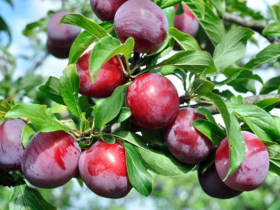
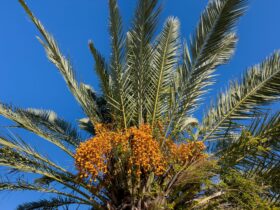
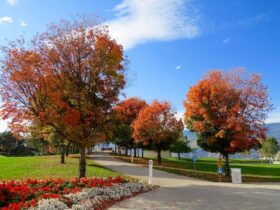
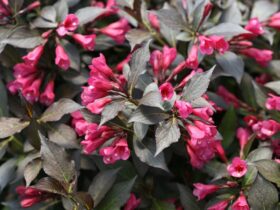
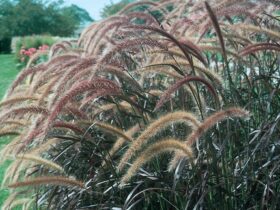
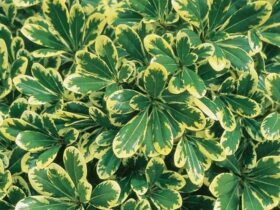

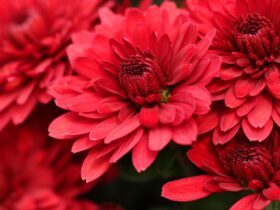

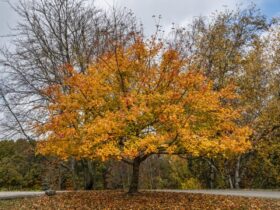

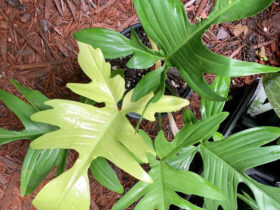
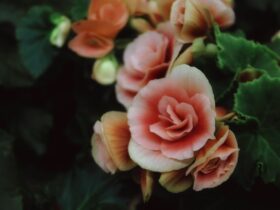
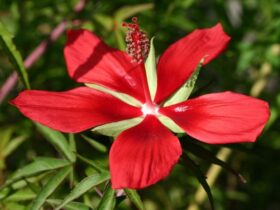
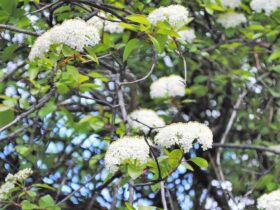
Leave a Reply